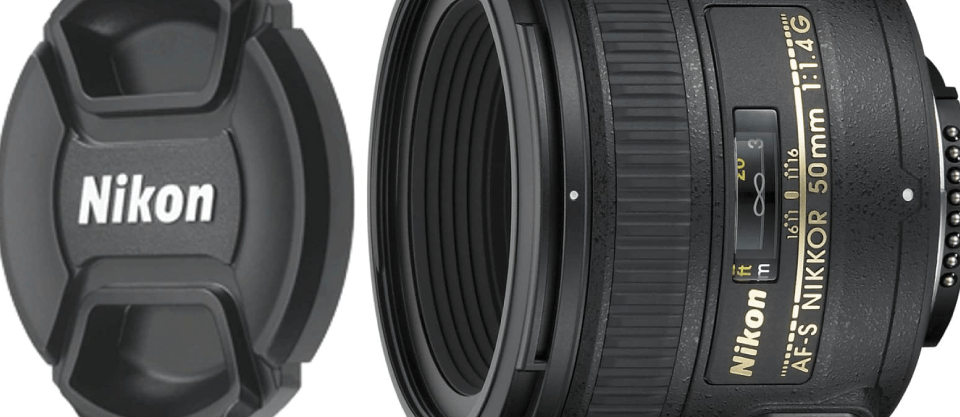
Best Lens Combination for Beginners
In DSLR photography every lens has its specific purpose and they do their best only in that domain. Trying to diversify lenses only makes them bad. I do try to mix and match my lenses in situations that are not suited for, just because I get curious about the outcome.
These are the following camera lenses I have with me all the time. This lens combination has got me covered on pretty much everything so far.
- 18-55mm kit lens: It’s good for landscapes at 18mm; it’s pretty wide. Though it is not as wide as wide angle lens, you can get decent landscape shots.

- 55-200mm telephoto: Basically, this lens starts where my 18-55mm ends. It’s a nice telephoto lens and preforms very well in day light. The aperture size is something that you need to look out for. The maximum it can open up to is f/4 which can make life difficult in low-light situations, even as low as twilight.

- ** 50mm prime:** This lens is something which every aspiring photographer must have in their camera bag. It’s an absolutely stunning fixed focal-length lens, which will help you focus on your subject and everything else in the background and foreground will disappear in to blurry evanescence.

What can you do with this combination?
Landscapes
18-55mm has got you covered on that. The 18mm focal lenght give a pretty good wide angle.
Wildlife
55-200 mm delivers good shots. However, you will have to wait for 6.30 am-7am to have enough light for the lens to function at high shutter speed so you can capture the flight of birds.
Macro photography
All the lenses are capable of macro photography for still objects. Live, tiny little insects might run away because you need to get very close with the lens but you certainly can shoot still objects like toys, flowers, jewellery, etc. You will, however, need to get a hang of manual focus because these macro lenses will fail to auto focus at such a close range.
Portrait photography
The 18-55mm will take pretty good portraits when it’s at 55mm. Just make sure you keep a good distance between your subject and the background. At 200mm, the 55-200mm lens is also good for portraits. The specialist, however, is the 50mm prime: Perfect assassin for the job.
It does not mean that by having these lenses in your bag, you are on your way to being a photographer. It’s just that these lenses will give you a starting point. They are quite affordable and you can get your work done with these lenses. Once you are ready, you will start analysing situations and understand which lens to use. From there on you will know exactly what you want. This will help you narrow down on the exact lenses that you would want for yourself in future instead of spending money on all high-end lenses.
Looking to sharpen your photography skills? Join our top-rated professional diploma in photography today!



